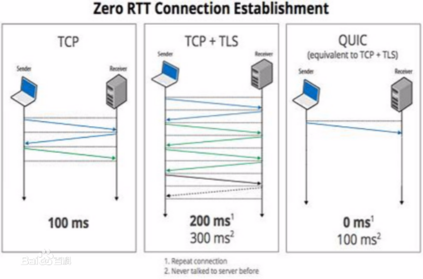Network operators utilize traffic monitoring to locate and fix faults or performance bottlenecks. This often relies on intrinsic protocol semantics, e.g., sequence numbers, that many protocols share implicitly through their packet headers. The arrival of (almost) fully encrypted transport protocols, such as QUIC, significantly complicates this monitoring as header data is no longer visible to passive observers. Recognizing this challenge, QUIC offers explicit measurement semantics by exposing the spin bit to measure a flow's RTT. Ongoing efforts in the IETF IPPM working group argue to expose further information and enable the passive quantification of packet loss. This work implements and evaluates four currently proposed measurement techniques (L-, Q-, R-, and T-bit). We find that all techniques generally provide accurate loss estimations, but that longer algorithmic intervals for Q and R, yet foremost for T, complicate detecting very small loss rates or loss on short connections. Deployment combinations of Q & R as well as Q & L, thus, have the best potential for accurately grasping the loss in networks.
翻译:网络操作员利用交通监测查明和解决故障或性能瓶颈,这往往依赖协议固有的语义,例如序列号,许多协议通过包头信头暗含地分享。(几乎)完全加密的运输协议,例如QUIC的到来,使这种监测变得非常复杂,因为被动观察者不再能看到头项数据。认识到这一挑战,QUIC提供明确的测量语义,通过暴露旋转点来测量流量的RTT。 IETF IPPM工作组正在进行的努力认为,要披露进一步的信息,并能够被动地量化包损失。这项工作执行和评估了目前提出的四项计量技术(L-、Q-、R-和T-bit)。我们发现,所有技术一般都提供准确的损失估计,但Q和R的计算间隔较长,特别是T,使得探测极小的损失率或短连接的损失复杂化。因此,Q & R以及Q & L的部署组合最有可能准确掌握网络的损失。





